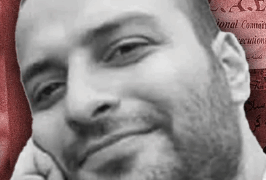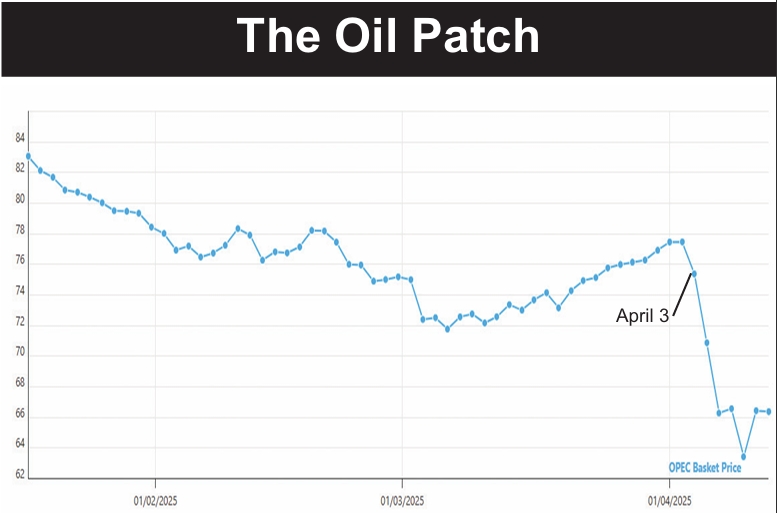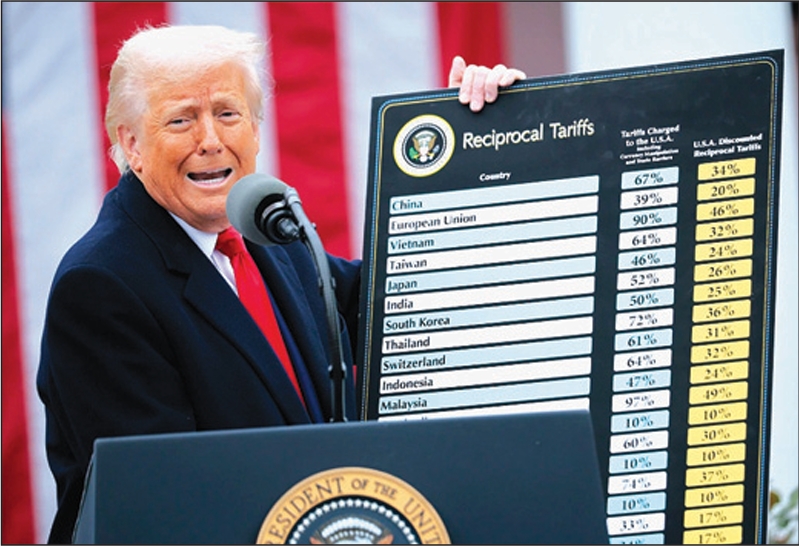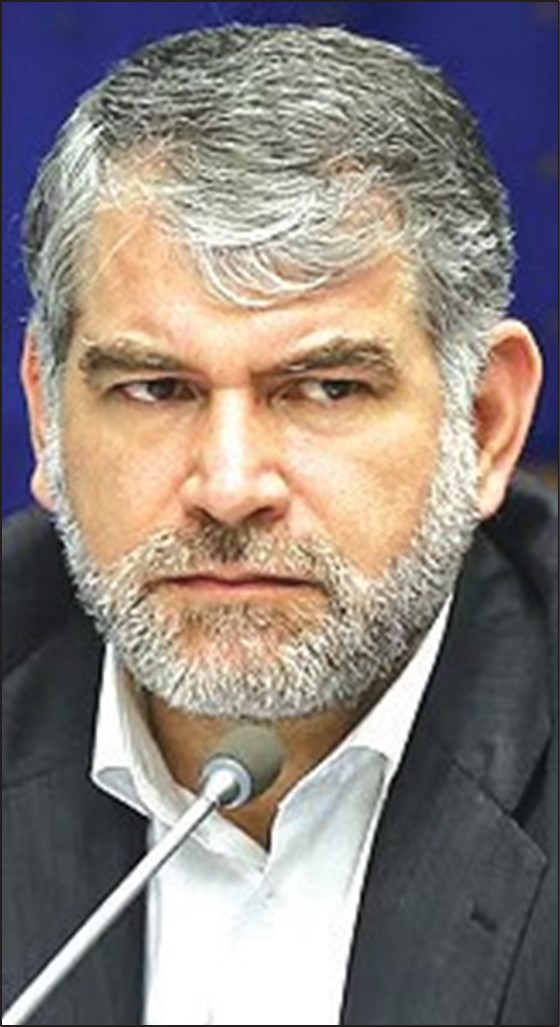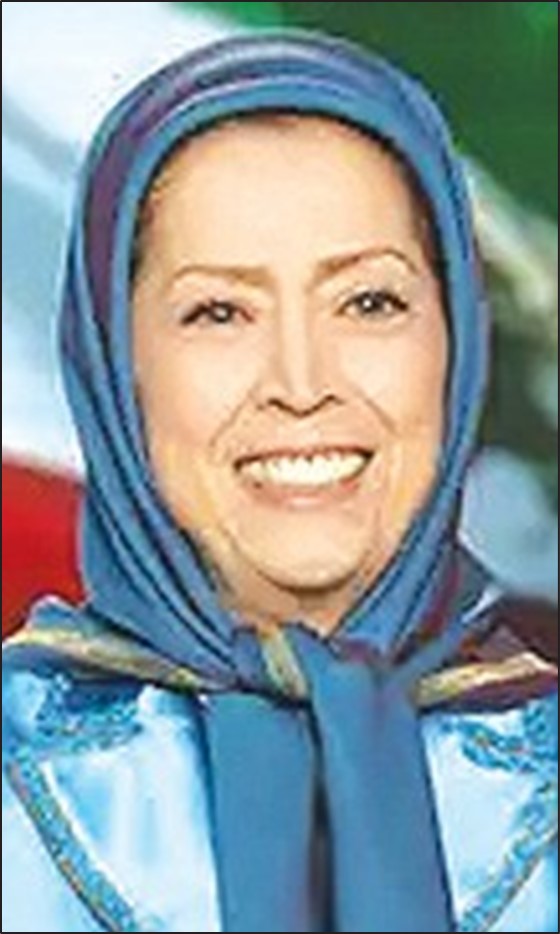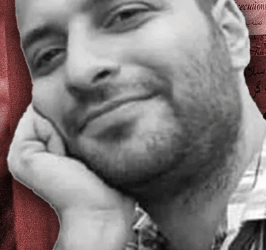Surprisingly, Iran praised the American rescue, albeit faintly, but mainly pointed out that the rescue doesn’t justify the American Navy’s presence in the region.
The US Navy has rescued numerous Iranian seamen over the years, mostly fishermen whose boats have broken down, and it always issues a press release touting its efforts. This time, the Navy hyped the rescue, seeming to enjoy needling the Iranians who were portraying the US ships as tools of imperialism.
 “We do not deny that the action of this American warship was good,” said Defense Minister Ahmad Vahidi. “Nonetheless, this incident does not justify the presence of Western forces in the Persian Gulf,” he said.
“We do not deny that the action of this American warship was good,” said Defense Minister Ahmad Vahidi. “Nonetheless, this incident does not justify the presence of Western forces in the Persian Gulf,” he said.
The US Navy, however, doesn’t justify its presence by such rescues. It justifies the presence based on the historic right to freedom of the seas, the key element in US naval policy since the 1790s, and by the threat to nearby Arab states and the free flow of oil that Washington sees being posed by the Islamic Republic.
Ships from the navies of all nations routinely come to the aid of boats that are in distress. In fact, only days after the American rescue of 13 Iranian fisherman, Danish sailors freed 14 hostages, including some Iranians, from Somali pirates.
 The latest to-and-fro with the United States began January 3 when Iranian Army chief Gen. Ataollah Salehi proclaimed that Iranian military exercises had forced a US Navy aircraft carrier group to vacate the Persian Gulf. He then issued a sternly worded warning against its return: “Iran will not repeat its warning.…I advise, recommend and warn them over the return of this carrier to the Persian Gulf because we are not in the habit of warning more than once.”
The latest to-and-fro with the United States began January 3 when Iranian Army chief Gen. Ataollah Salehi proclaimed that Iranian military exercises had forced a US Navy aircraft carrier group to vacate the Persian Gulf. He then issued a sternly worded warning against its return: “Iran will not repeat its warning.…I advise, recommend and warn them over the return of this carrier to the Persian Gulf because we are not in the habit of warning more than once.”
The carrier USS John C. Stennis—part of the US Navy’s Fifth Fleet based in Bahrain—had left the Persian Gulf after the completion of the US military involvement in Iraq. It was taking up a position in the Arabian Sea to support US air operations over Afghanistan
Accompanying the Stennis was the destroyer USS Kidd. One of the Kidd’s helicopters stumbled across what it thought was a pirate attempt to board a merchant ship. Those pirates pitched their weapons overboard and did not attack the merchantman so there was nothing the Kidd could do. But it knew the tiny skiff carrying the pirates had to come from a bigger ship.
The helicopter then left the site as if to return to its home ship. But the crew was actually watching the skiff from out of sight as the pirates sailed to the Al-Mulahi, which was flying the Iranian flag.
The helicopter summoned the Kidd, which soon bore down on the tiny 82-foot Al-Mulahi. American sailors asked the crew in English and Arabic if the boat needed help. With the pirates nearby and understanding both languages, Al-Mulahi’s Iranian captain, Mahmed Younes, was unable to tell the Americans of his boat’s plight. This led to disappointment among the Iranian crew because, several days earlier, a French navy ship had asked them the same question in French and Arabic and the crew was similarly forced into silence. The French ship, not receiving any indication of a threat, had left the Iranians at the mercy of their hostage takers.
But the US sailors repeated the same question one more time – in Urdu – allowing the Urdu-speaking captain of the Al-Mulahi to communicate their plight and give permission to US Navy personnel to board his boat – a crucial aspect of maritime protocol given the tensions between Iran and America.
The Kidd then ordered the pirates through its loudspeaker to put any weapons on the wheelhouse roof. A crewmember of the Al-Mulahi fed the fears of the pirates by telling them falsely that the Americans had said in Urdu they were about to blow the ship out of the water. This caused the already panicking hostage takers to abandon all resistance and surrender.
Having freed the 13 grateful Iranian fishermen, the Kidd took the 15 pirates into custody. They are now in the brig on the Stennis awaiting a decision on where to take them for trial.
The Somali pirates had initially taken over another Iranian boat, but when it ran low on fuel, they used it to take over Al-Mulahi, which came from the Iranian port of Chabahar. The crew of the first unfortunate boat, who were freed, reported that the pirates had killed two of their comrades and apologized to the Al-Mulahi crew for delivering the pirates to them.
The Somali pirates then steered Al-Mulahi to Somalia where more pirates, weapons, food and fuel were loaded on the boat. Only one member of the crew was allowed to go on shore because he was ill and needed medicine.
The Americans praised the quick-mindedness and cooperation of Captain Younes, who had been previously been taken hostage by Somali pirates for about 25 days.
Not everyone in Iran was pleased by the US Navy’s actions. The Fars news agency criticized what it called America’s hyping of what is otherwise a fairly routine operation by world navies. Fars pointed to similar operations by the Iranian Navy, which it said never used its “many” successful rescue missions for “propaganda.” Actually, the Iranian Navy boasts just as much as the American Navy every time it rescues some fishermen at sea.
Fars even cast suspicion on the authenticity of the rescue operation by the Kidd, suggesting it was all just make-believe intended to make the US Navy look good.
“There is suspicion and doubt about this American action, which seems to have been pre-organized. A US helicopter filming the rescue operation from the first minute makes it look like a Hollywood drama with specific locations and actors,” Fars said, seeming not to know that such videotaping of operations has been routine in the US Navy for many years.
While the US Navy enjoyed hyping the rescue, it actually got much more attention than most such rescues because a reporter and photographer from The New York Times happened to be with the task force.
The Navy shot a photo of an Iranian fisherman emotionally hugging one of the US sailors, a picture not yet carried in the Iranian media.


